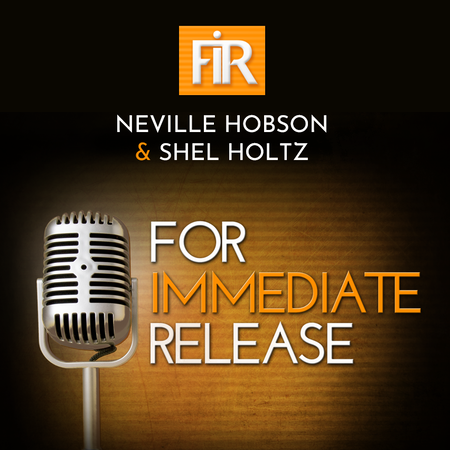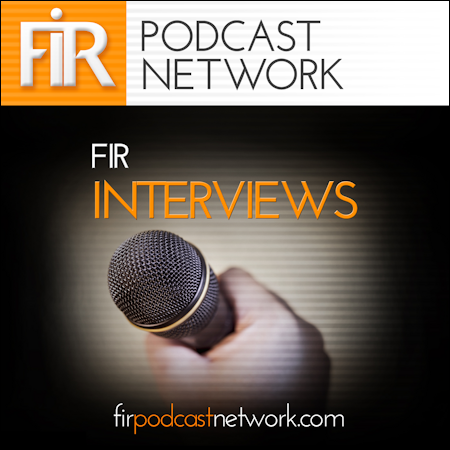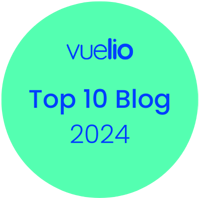
Last week, a man in the US entered an artwork in a competition and won first prize in the digital art category with a work called “Théâtre D’opéra Spatial.”
As reported by Vice:
The image is gorgeous. It depicts a strange scene that looks like it could be from a space opera, and it looks like a masterfully done painting. Classical figures in a Baroque hall stare through a circular viewport into a sun-drenched and radiant landscape.
It is beautiful, evoking a strong sense of imagination and human emotion – and it was created by artifical intelligence (AI).
Vice’s report goes on to talk about the controversy whirling around this event and how traditional artists and others see it as the start of a very slippery slope that does not bode well for artists.
We’re watching the death of artistry unfold right before our eyes — if creative jobs aren’t safe from machines, then even high-skilled jobs are in danger of becoming obsolete. What will we have then?
OmniMorpho on Twitter
Undoubtedly debate on this controversial outcome will continue for some time, possibly becoming highly polarized as the rise of AI-generated works of art and the AI tools available to create them gather pace and, arguably, blur the creative lines between man and machine (in a manner of speaking).
It’s a wide topic that Shel and I touched on in a discussion in our For Immedate Release podcast short-form episode 277 in mid-August.
Over the past month, I’ve been experimenting with one particular tool, Midjourney, that I have found easy to understand and use. I started with a free account and now I have a paid one as I think this is worth supporting. I previously signed up for DALL-E 2, the AI creator that probably has the most public awareness, but I’m still on the wait list for that one.
Midjourney is closely connected with its presence on Discord which not only is how you sign in to your Midjourney account via the web app using your browser but also how you ‘engage’ with the AI and the overall community.
If you’ve not yet experienced Discord, you should do it. It’s chaotic and requires fast reflexes, but it is an important part of the evolution in the way in which we use devices and software tools today to engage with others and build community, and create and share content.
A part of desired Web3 decentralization and the monetization supply chain, you could also say.
/imagine – Where does the creativity line fall?
My experiences with Midjourney have been fascinating so far. Even before I read Vice’s report the other day on the prize-winning AI-generated art – judged by humans, by the way – I had been thinking on this very point: where does the line fall between man and machine?
This past weekend, I put my mind to asking Midjourney’s AI bot to create some digital art. Rather than just tinker with it as I have been doing, I had some specific things in mind and wanted to see what the AI would do.
The journey starts with the word ‘imagine.’ Specifically, you engage with the AI bot in Discord by typing /imagine in the text prompt box in a Discord channel, and then describe what you want the AI to do.
Tyically in less than 60 seconds, and you can see the build process during this time, you’ll get a result in the form of four thumbnails depicting the AI’s visual reponse to your ‘imagine’ prompt. You then have the option to augment each thumbnail that will produce individual images to HD resolution at 1024×1024 dimensions.
All this happens in real time with hundreds, perhaps thousands, of other users doing this at the same time as you. Some powerful tech at the backend!
This screenshot of some of the images in my Midjourney profile that I created this weekend will give you an idea.
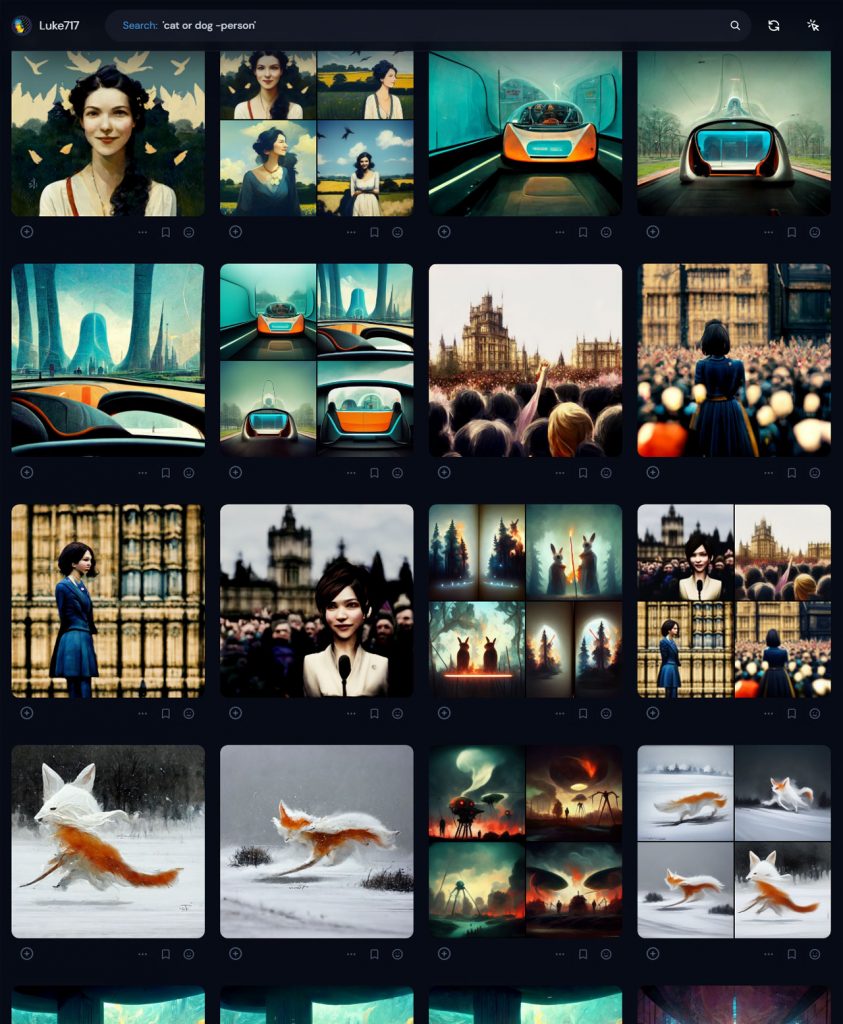
Actually, let me correct that. The AI created these images, not me.
Yet how could it have were it not for my prompting the AI using the ‘/imagine’ starter in Discord? Take this example, the output by the AI to my prompt to create images of “two women in a sauna in deep conversation.”
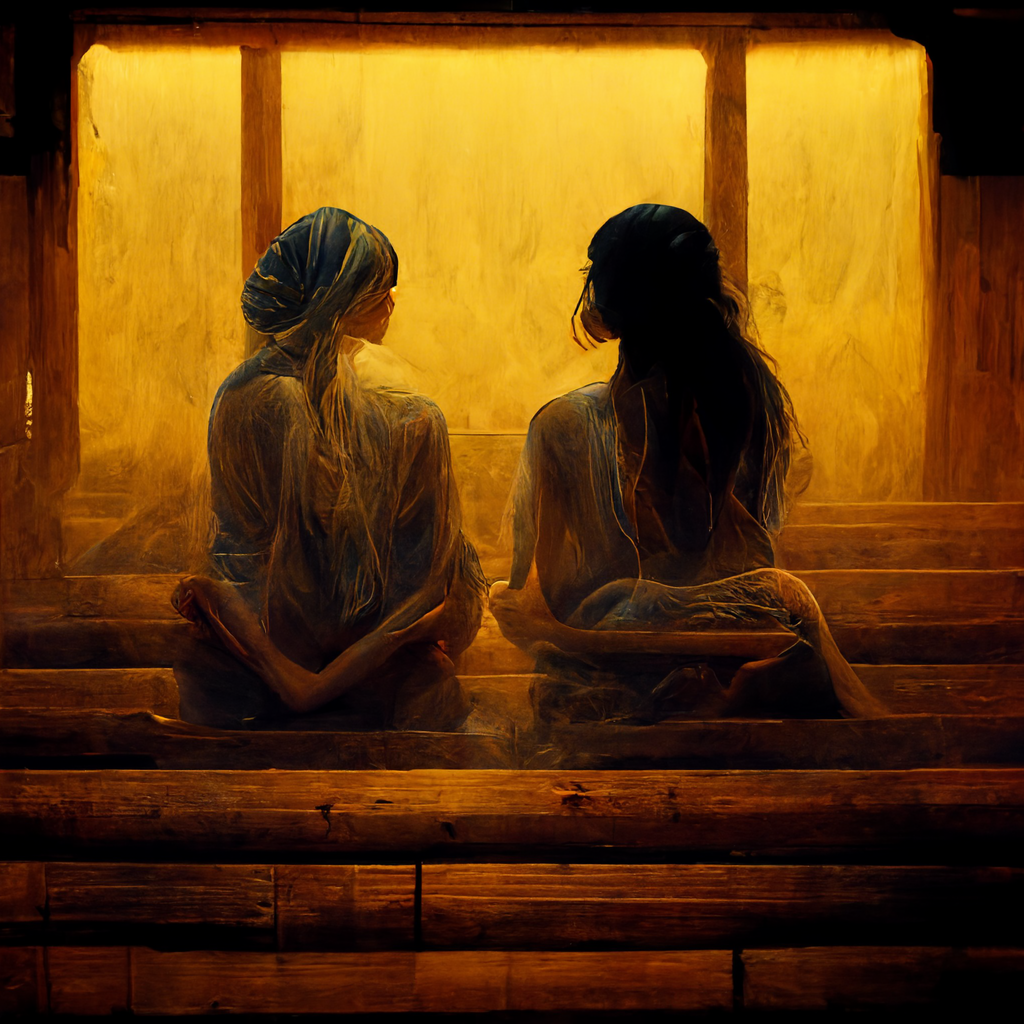
The AI actually created the digital art you see, along with the initial four separate image thumbnails. It’s actually not far off how I had imagined the scene of “two women in a sauna in deep conversation.”
But the initial idea came from me, the human, where I ‘asked’ the AI to work on that idea to create art from it.
Which gets to the question at hand about the dividing line between man and machine. I am sure this will be the question of prime import to many in the months ahead.
It’s not a new issue by any means and it’s not a simple one either. In 2021, the UK government addressed the matter in its Artificial intelligence call for views: copyright and related rights consultation, the lengthy text of which includes this perspective:
Different rationales exist for copyright protection. In common law countries, such as the UK, copyright is seen primarily as an economic tool that incentivises and rewards creativity. Continental Europe has a tradition of “authors’ rights”. This frames copyright as a natural right of creators, protecting their works as expressions of their personalities. Copyright also helps to ensure that works are widely available to the public, enriching our culture and society.
Whether it is seen as an economic tool or a natural right, copyright is centred on human creativity. This is reflected in its scope and duration. Copyright protects original works that reflect the personality of their creators. Its scope is limited by human concerns like privacy, free speech, and access. And for many works its duration is calculated with reference to the author’s lifetime.
All of which reinforces a point that laws such as copyright that have been in force for centuries are now colliding with techology developments that enable people to do things that were never envisaged in those laws.
Taking the phrase “original works that reflect the personality of their creators”, slightly out of the context of copyright, I think this illustrates the dilemma at hand.
Where does the line of creativity between man and machine fall?








